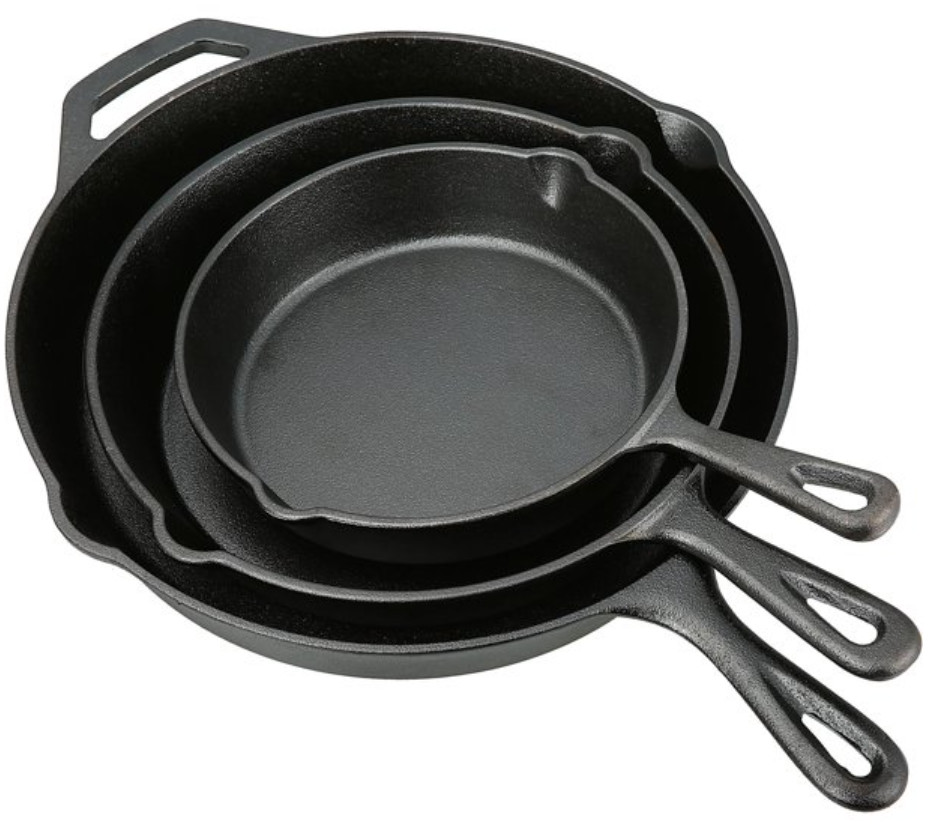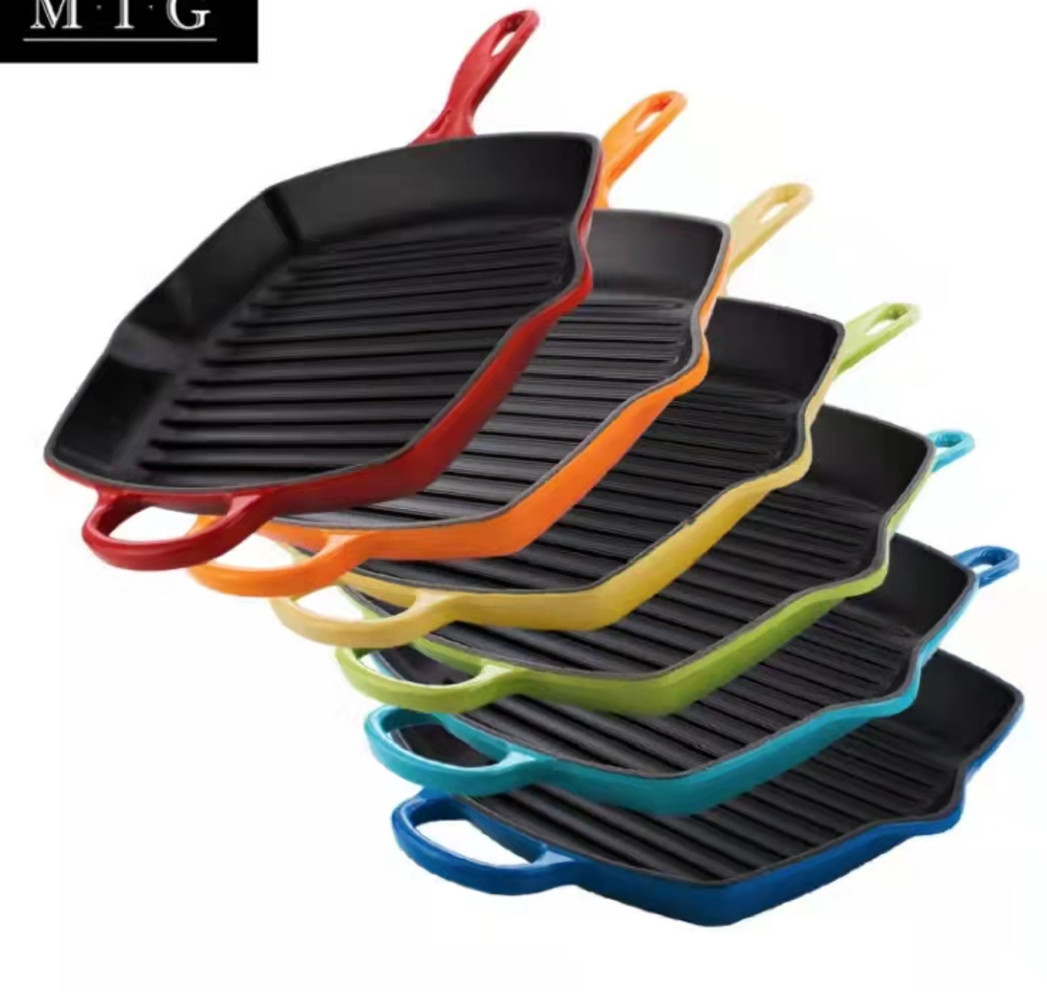- 150m suður á bóginn, West DingWei Road, Nanlou Village, Changan Town, GaoCheng Area, Shijiazhuang, Hebei, Kína
- monica@foundryasia.com
jún . 12, 2023 18:48 Aftur á lista
HVAÐ ER STEUPJÁRN LAÐGERÐUR
Hvað er pottar úr steypujárni:
Steypujárn eldunaráhöld eru þungur eldunaráhöld sem eru úr steypujárni og eru metin fyrir hitahald, endingu, hæfileika til notkunar við mjög háan hita og eldunarlausan matreiðslu þegar þau eru rétt krydduð.
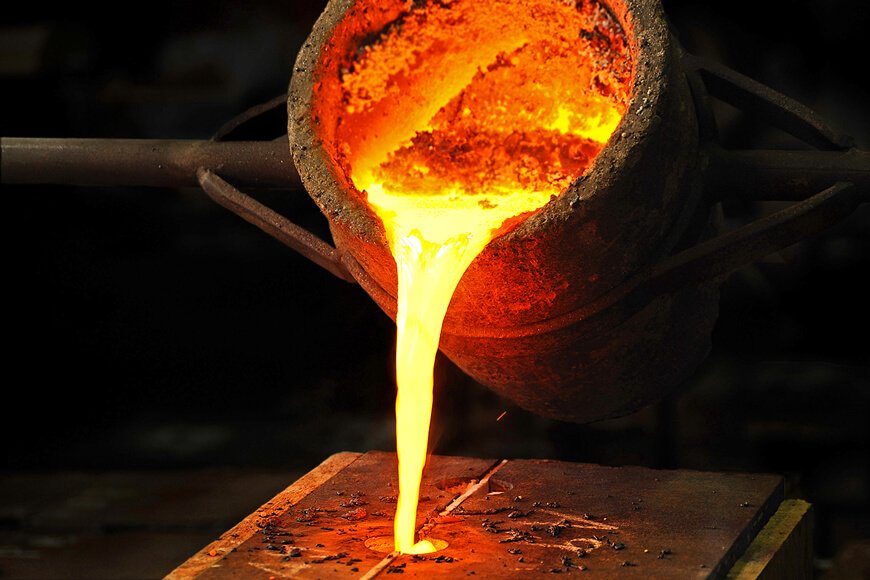
Saga eldunaráhöld úr steypujárni
In Asia, particularly China, India, Korea and Japan, there is a long history of cooking with cast iron vessels. The first mention of a cast-iron kettle in English appeared in 679 or 680, though this wasn't the first use of metal vessels for cooking. The term pot came into use in 1180. Both terms referred to a vessel capable of withstanding the direct heat of a fire. Cast-iron cauldrons and cooking pots were valued as kitchen items for their durability and their ability to retain heat evenly, thus improving the quality of cooked meals.
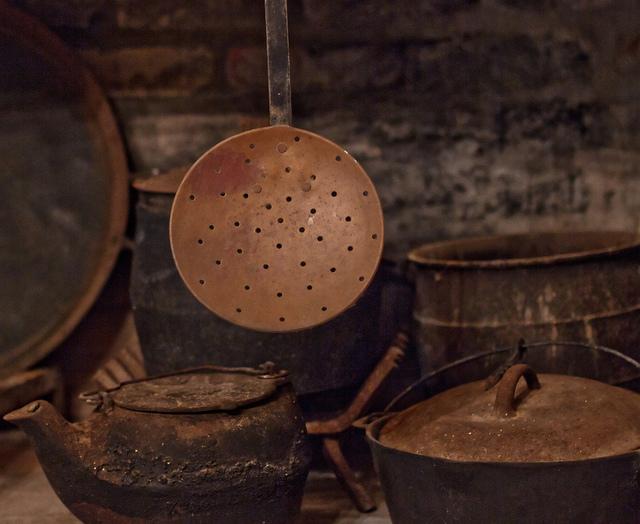
Í Evrópu og Bandaríkjunum, áður en eldhúseldavélin kom á markað um miðja 19. öld, voru máltíðir eldaðar í arninum og matreiðslupottar og -pönnur voru ýmist hönnuð til að nota í arninum eða til að hengja í hann.
Cast-iron pots were made with handles to allow them to be hung over a fire, or with legs so that they could stand in the coals. In addition to Dutch ovens with three or four feet, which Abraham Darby I secured a patent in 1708 to produce, a commonly used cast-iron cooking pan called a spider had a handle and three legs allowing it to stand upright over campfires as well as in the coals and ashes of a fireplace.
Matreiðslupottar og pönnur með fótlausum, flötum botni komu í notkun þegar eldavélar urðu vinsælar; á þessu tímabili seint á 19. öld kom íbúðin til sögunnar
cast-iron skillet.
Steypujárni var sérstaklega vinsælt meðal heimilisfólks á fyrri hluta 20. aldar. Þetta var ódýrt en samt endingargott eldhúsáhöld. Flest bandarísk heimili voru með að minnsta kosti eina eldunarpönnu úr steypujárni.
Á 20. öld var einnig kynning og vinsæll á glerungshúðuðum steypujárni eldhúsáhöldum.
Today, of the large selection of cookware that can be purchased from kitchen suppliers, cast iron comprises only a small fraction. However, the durability and reliability of cast iron as a cooking tool has ensured its survival. Cast-iron pots and pans from the 19th and 20th century continue to see daily use to the present day. They are also highly sought after by antique collectors and dealers. Cast iron has also seen a resurgence of its popularity in specialty markets. Through cooking shows, celebrity chefs have brought renewed attention to traditional cooking methods, especially the use of cast iron.
Nauðsynlegar vörur
Tegundir af steypujárni eru steikingarpönnur, hollenska ofna, pönnukökur, vöfflujárn, panini pressur, djúpsteikingar, woks, fondu og potjies.
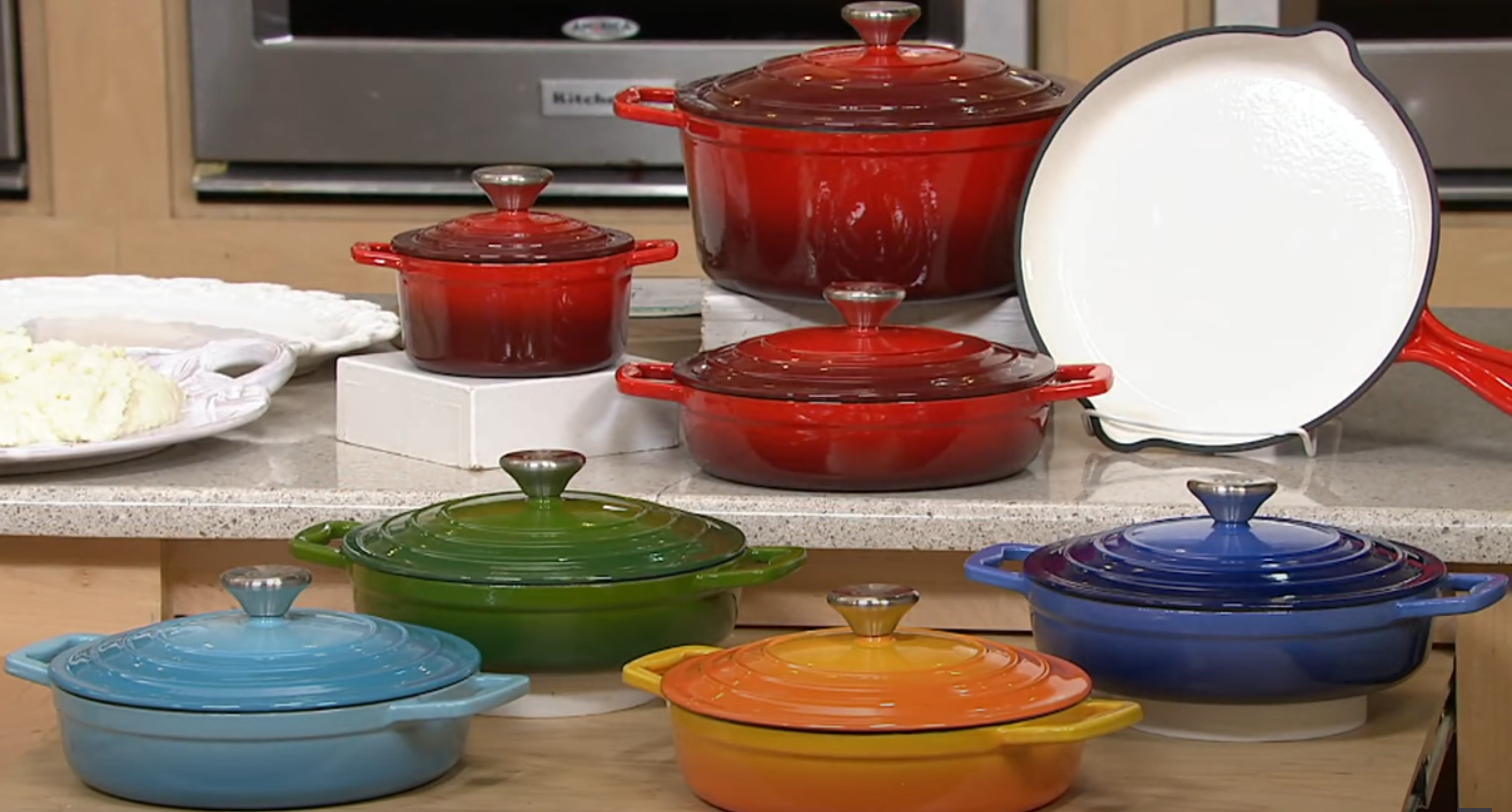
Kostir steypujárns eldhúsáhöld
Cast iron's ability to withstand and maintain very high cooking temperatures makes it a common choice for searing or frying, and its excellent heat retention makes it a good option for long-cooking stews or braised dishes.
Because cast-iron skillets can develop a "non-stick" surface when cared for properly, they are excellent for frying potatoes or preparing stir-fries. Some cooks consider cast iron a good choice for egg dishes, while others feel the iron adds an off-flavor to eggs. Other uses of cast-iron pans include baking, for instance for making cornbread, cobblers and cakes.
Many recipes call for the use of a cast-iron skillet or pot, especially so that the dish can be initially seared or fried on the stovetop then transferred into the oven, pan and all, to finish baking. Likewise, cast-iron skillets can double as baking dishes. This differs from many other cooking pots, which have varying components that may be damaged by the excessive temperatures of 400 °F (204 °C) or more.
-
Product introduction of Changan Cast Iron Co., LTD
FréttirJan.24,2024
-
The Impact of the Leidenfrost Effect on Non-Stick Properties of Cast Iron Titanium Coated Cookware
FréttirJan.24,2024
-
Að kanna matreiðsluágreininginn——steypujárn pottar vs venjulegar pottar
FréttirJan.03,2024
-
Umbúðaverkstæði endurraðað með hillum og 3D geymslu fyrir vörur
Fréttir29. desember 2023
-
Þrif á notuðum steypujárni enamel potti er hægt að gera á áhrifaríkan hátt með eftirfarandi skrefum:
Fréttir27. desember 2023
-
Málmfræðileg uppbygging fyrir glerung á steypujárni
Fréttir27. desember 2023
